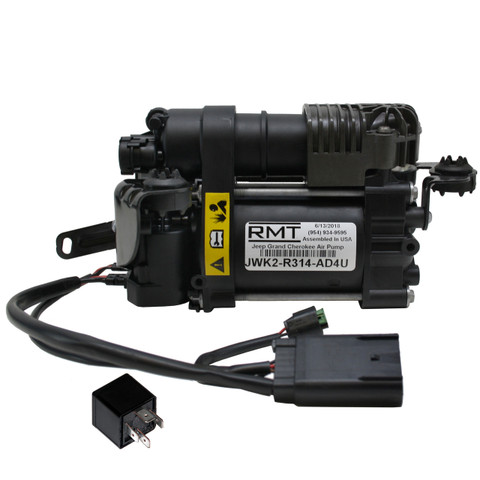Hello everyone,
I have a 2012 Tesla Model S Performance P85 with just under 100k miles. I replaced my air suspension compressor with a Suncore unit from Amazon on 10/5/2021 (original compressor no longer turned on, and gave EAS_w007 errors), which at the time had a 2-year warranty. Only annoyance here was that to initialize the suspension system, I did have to take it to the local Tesla service center for which they charged me about $150. It then worked swimmingly until around 9/5/22 -- could I have reset the suspension system myself by using the "Tire Size Change" hack?
I received a red suspension warning on 9/5/22, with no EAS_w007 errors. I assumed the new compressor went out, and wanted the Tesla Service Center to back my diagnosis so I could get a free new compressor. Instead, they found out the MIDI fuse on top of the 12v battery went out, and the suspension worked again, until recently.
Now, (9/11/2023) every time I start the Tesla, I can hear the compressor come on for about 7 seconds. Thus, I don't think there is any fuse or relay issues on the way to the compressor. Vehicle does not raise, and if you try manually raising/lowering the suspension using the screen the animating circle just spins. Occasionally, I get the red suspension dash light again, but with no accompanying EAS errors. Front tire wells are now sitting on the 21" tires.
I suspect I may have a leak, as the rear suspension looks at a better level. My questions are, can I assume the compressor is still working since it comes on, or can the compressor figure out there's a leak and shut itself down? Why am I not getting any EAS errors? What should the pressure the reservoir canister read if my compressor is working?
I have a 2012 Tesla Model S Performance P85 with just under 100k miles. I replaced my air suspension compressor with a Suncore unit from Amazon on 10/5/2021 (original compressor no longer turned on, and gave EAS_w007 errors), which at the time had a 2-year warranty. Only annoyance here was that to initialize the suspension system, I did have to take it to the local Tesla service center for which they charged me about $150. It then worked swimmingly until around 9/5/22 -- could I have reset the suspension system myself by using the "Tire Size Change" hack?
I received a red suspension warning on 9/5/22, with no EAS_w007 errors. I assumed the new compressor went out, and wanted the Tesla Service Center to back my diagnosis so I could get a free new compressor. Instead, they found out the MIDI fuse on top of the 12v battery went out, and the suspension worked again, until recently.
Now, (9/11/2023) every time I start the Tesla, I can hear the compressor come on for about 7 seconds. Thus, I don't think there is any fuse or relay issues on the way to the compressor. Vehicle does not raise, and if you try manually raising/lowering the suspension using the screen the animating circle just spins. Occasionally, I get the red suspension dash light again, but with no accompanying EAS errors. Front tire wells are now sitting on the 21" tires.
I suspect I may have a leak, as the rear suspension looks at a better level. My questions are, can I assume the compressor is still working since it comes on, or can the compressor figure out there's a leak and shut itself down? Why am I not getting any EAS errors? What should the pressure the reservoir canister read if my compressor is working?



